Well water is a valuable resource, but it’s not safe for drinking. Well water may contain harmful contaminants such as bacteria, viruses, chemicals, or impurities. A common question that arises in the minds of most people is, how to purify well water?
In this article,we’ll explore effective methods to purify well water, and also explore the advantages of the methods to purify well water.
5 Best Ways to Purify Your Well Water for Safe Drinking
Determining the best method for purifying your well water for safe drinking requires understanding the contaminants present in your specific water source.
- Boiling
- Filtration
- UV Water Purifier
- Water Softener
- Chemical Disinfection
Different methods target different types of contaminants, so the ideal approach will depend on your water quality report. However, here are some popular options to consider:
1. Boiling
The most simple and common method to purify well water is boiling. Boiling well water for 10 minutes can be an effective way to kill bacteria, parasites, and viruses.

1.1 Limitations of Boiling
Boiling is not a complete solution for purifying well water for safe drinking. Here’s why:
1.1.1 Chemicals
Boiling won’t remove harmful chemicals like nitrates, arsenic, or heavy metals that may be present in well water.
1.1.2 Parasites
While boiling for longer periods (1 minute at boiling point) can kill some parasites, it might not be entirely effective against all types.
1.1.3 Minerals & Taste
Boiling can concentrate minerals in the water, affecting taste and potentially increasing health risks with long-term use.
2. Filtration
A proper filtration system helps to remove different types of impurities that can’t be removed by boiling.
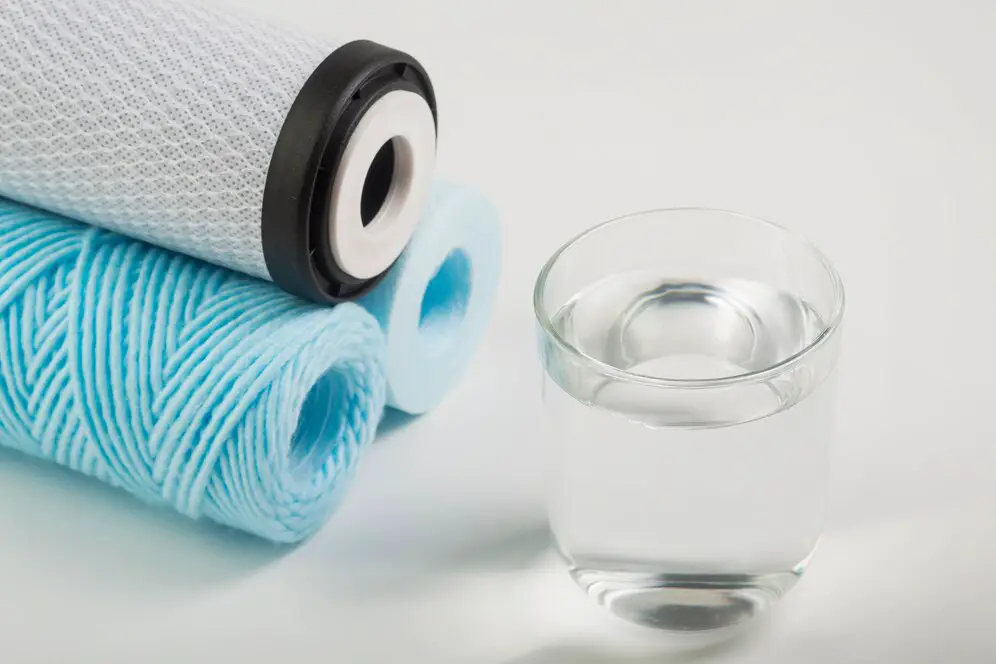
These systems contain different types of advanced filters such as:
2.1.1 Mechanical Filtration
Mechanical filters physically remove particles and sediment from the water. This includes sand, silt, and larger debris. Sediment filters, such as sand filters or cartridge filters, can be effective in improving water clarity and removing visible impurities.
2.2.2 Activated Carbon Filters
These filters are excellent for removing organic compounds, chlorine, and certain chemicals.
2.2.3 Sediment Filters
Ideal for removing larger particles such as sand and rust, improving water clarity.
2.2.4 Reverse Osmosis Systems
Highly effective in removing contaminants at a molecular level, ensuring a thorough purification process.
3. UV Water Purifiers
Ultraviolet water purifiers use UV light to destroy bacteria, viruses, and other harmful microorganisms present in well water.This method is an effective method of purification of well water because it is chemical-free and doesn’t change the taste and odor of well water.
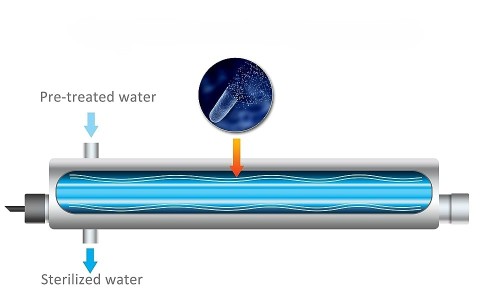
Here are some key points regarding the use of UV water purifiers for well water:
3.1 Effective Disinfection
UV water purifiers are highly effective at disinfecting well water by inactivating a broad spectrum of microorganisms, including bacteria, viruses, and protozoa. The UV light disrupts the genetic material of these microorganisms, preventing them from reproducing and causing illnesses.
3.1.1 Chemical Free Treatment
UV water purification is a chemical-free method, which means it does not introduce any additional chemicals into the water. This is beneficial for individuals who prefer a natural and chemical-free approach to water treatment.
3.1.2 Taste and Odor Preservation
UV water treatment does not alter the taste, color, or odor of well water. It specifically targets microorganisms without changing the chemical composition of the water. This makes UV purification an attractive option for those who want to maintain the natural characteristics of their well water.
4. Water Softeners
If your well water has a high mineral content, then water softener can be beneficial. Hard water contains elevated levels of calcium and magnesium that affect the taste and quality of your well water. These water softeners exchange harmless sodium for mineral content.
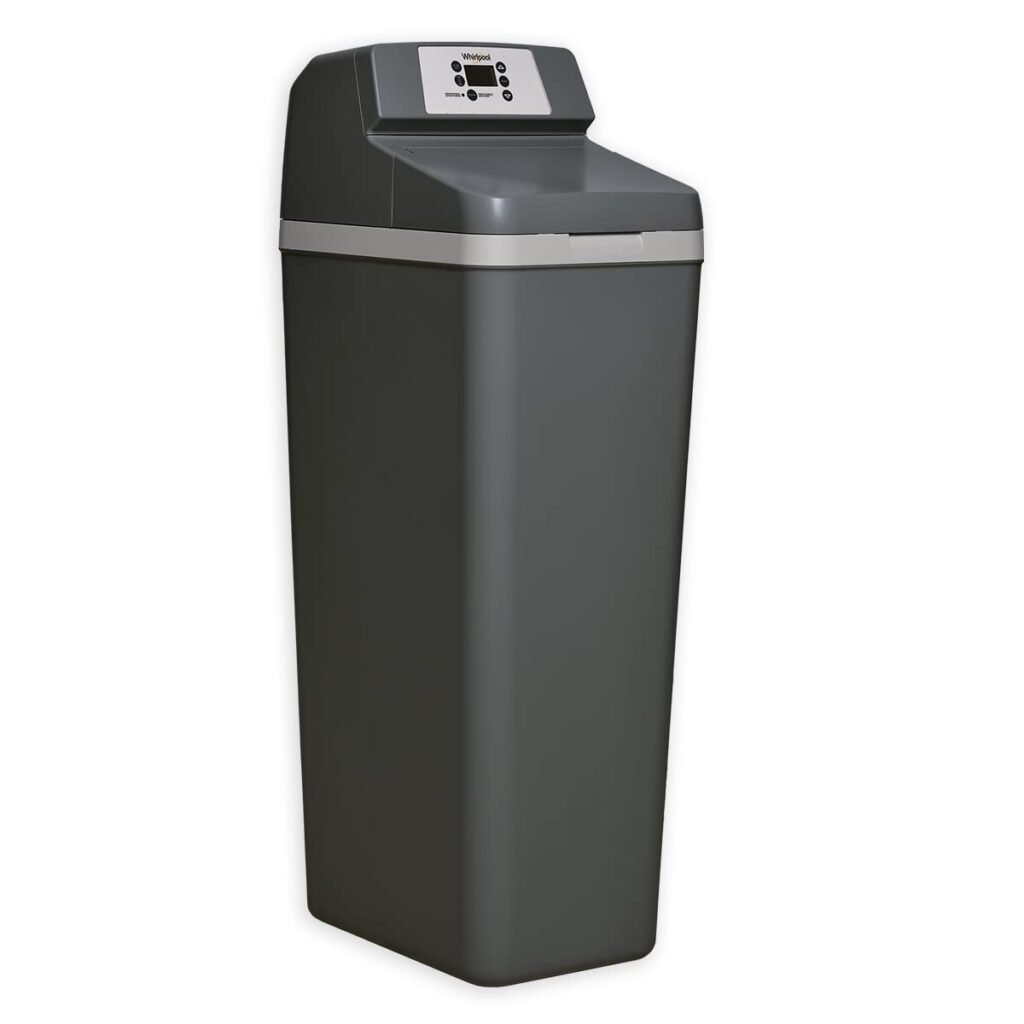
Here’s how water softeners work and their benefits:
4.1 Ion Exchange Process
Most water softeners operate on an ion exchange process. The resin beads inside the water softener tank are coated with sodium ions. As hard water passes through the resin tank, calcium and magnesium ions in the water are attracted to the resin and replace the sodium ions on the resin beads.
4.2 Benefits of Water Softeners
4.2.1 Reduced Scale Buildup
Water softeners help prevent the formation of scale or mineral deposits in pipes, plumbing fixtures, and household appliances. This can extend the lifespan and improve the efficiency of water-using appliances like water heaters, dishwashers, and washing machines.
4.3.1 Improved Soap and Detergent Performance
Softened water allows soap and detergents to lather more effectively, leading to better cleaning and potentially reducing the amount of soap and detergent needed.
5. Chemical Disinfection
Chlorine bleach is indeed a common and effective chemical disinfectant for treating well water. It works by killing or inactivating bacteria, viruses, and some parasites that may be present in the water.
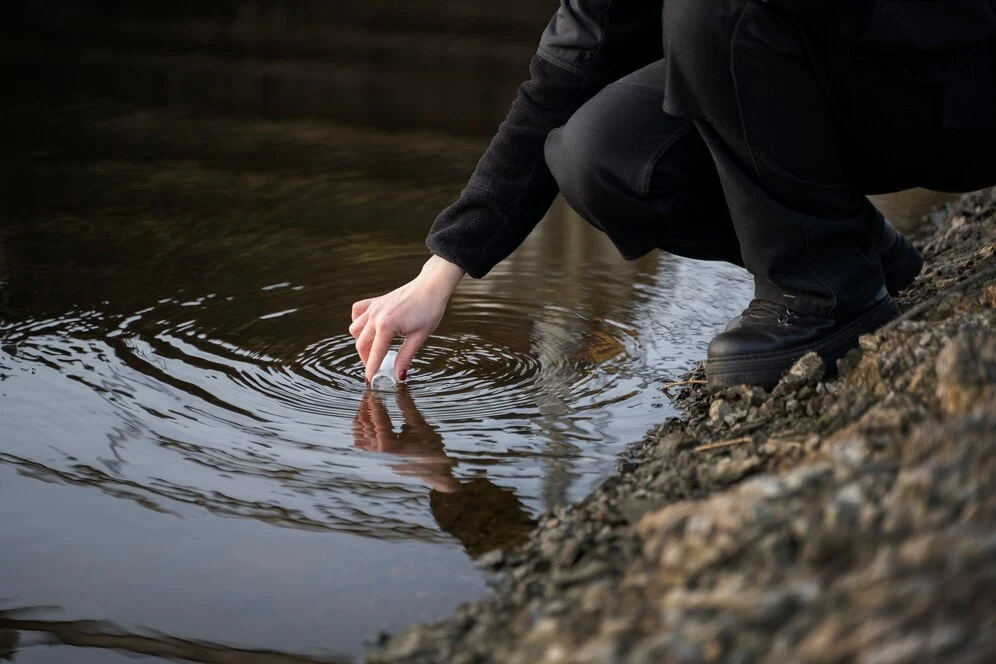
However, as mentioned, there are important considerations and limitations when using chlorine bleach for water disinfection:
5.1 Careful Measurement and Monitoring
It is crucial to use the correct concentration of chlorine bleach for disinfection. The recommended concentration is typically around 5.25-6% sodium hypochlorite. Dosage is usually measured in drops or tablespoons, depending on the volume of water being treated.
Regular monitoring of chlorine levels is necessary to ensure that they are within the safe and effective range. Too little chlorine may not provide adequate disinfection, while excessive chlorine can be harmful.
5.2. Not Effective Against Some Parasites
Chlorine bleach may not be effective against certain parasites, such as Cryptosporidium, which has a protective outer shell that makes it resistant to chlorine. In areas where such parasites are a concern, alternative water treatment methods may be needed.
5.3. Alteration of Water Taste
The use of chlorine bleach can affect the taste and odor of water. Some people find the residual taste undesirable. Allowing treated water to sit for a while or using activated carbon filters can help mitigate this issue.
5.4. Temporary Solution or Emergency Use
Chlorine bleach is often recommended as a temporary solution or for emergency use when access to other water treatment methods is limited. It is not considered a long-term or sustainable water treatment solution.
5.5. Consideration of Other Disinfection Methods
Depending on the specific contaminants present in well water, other disinfection methods such as ultraviolet (UV) treatment, boiling, or chemical tablets may be more suitable.
Conclusion
Well water is the primary source of water in rural areas, but we should need a proper purification system to reduce harmful impurities in well water. We boil water to kill bacteria and viruses, but this method doesn’t remove harmful impurities. We use purification techniques to enjoy clean and safe water. Regular maintenance and periodic testing will further enhance the reliability of well water.
FAQs
Why is it important to purify well water before drinking?
Purifying well water is the proper way to eliminate contaminants, bacteria, and impurities that may be present. Untreated well water can lead to health risks and waterborne diseases.
How can I test the quality of well water?
Many local health departments or private labs offer water testing services. You can also purchase water testing kits for basic assessments.
Is boiling well water sufficient for purification?
Boiling well water for at least 11 minutes is an effective method to kill bacteria, parasites, and viruses. However, it may not remove certain chemical contaminants or impurities.
Can water softeners improve the quality of well water?
Yes, water softeners are beneficial in the case of high mineral content in well water. They exchange calcium and magnesium ions for sodium ions and improve water quality.
Are there any signs that indicate my well water may be contaminated?
Yes, changes in color, odor, or taste can be indicators of well water contamination. However, some contaminants may be odorless and tasteless, that’s why you should regularly test the quality of well water.


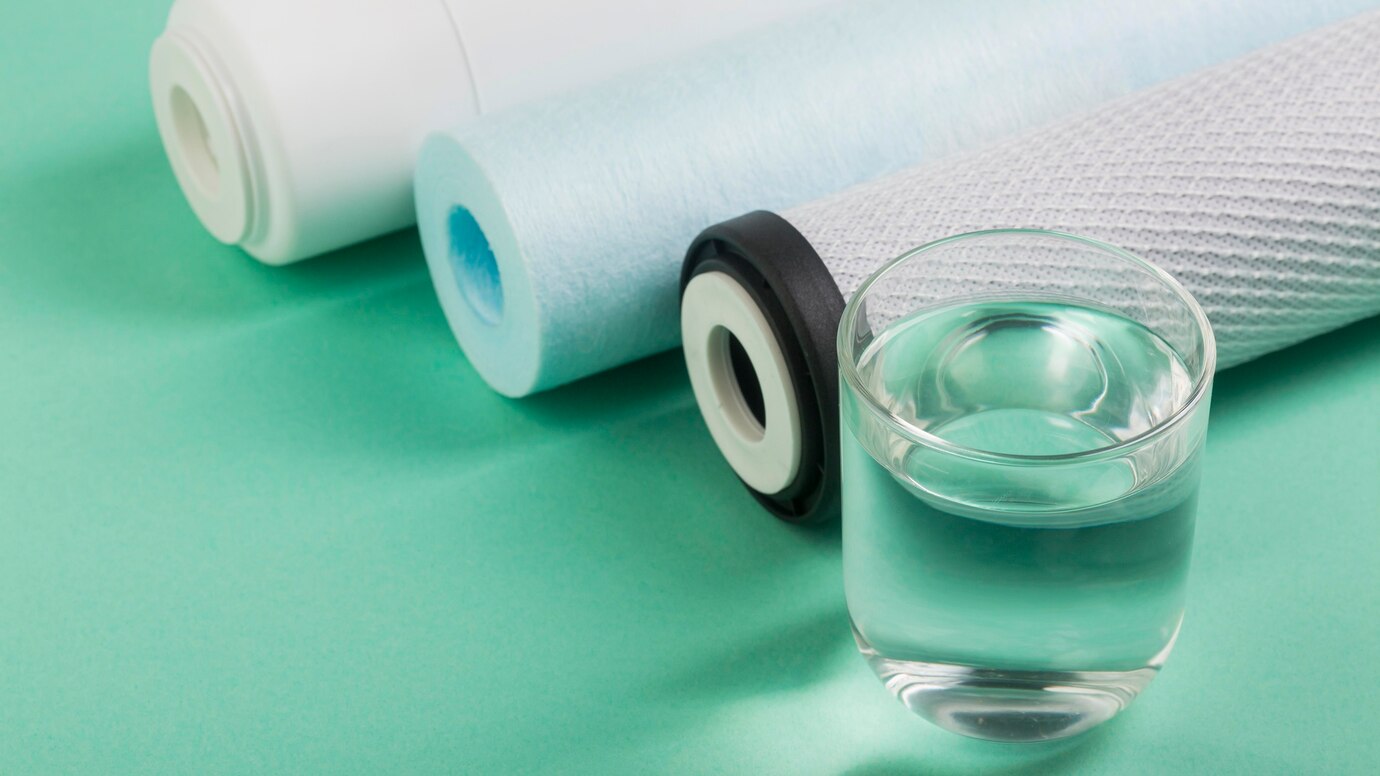
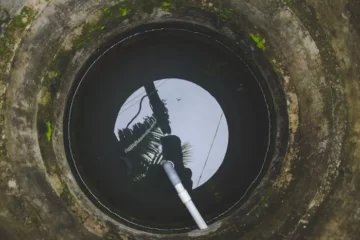
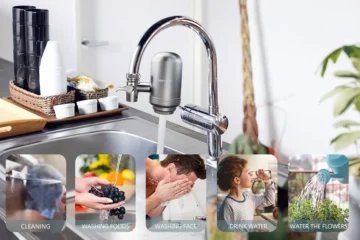

[…] Let’s explore the 8 cheapest ways to remove iron from well water. […]
[…] well water may not be safe to drink, as the discoloration could indicate the presence of contaminants. Testing and appropriate […]